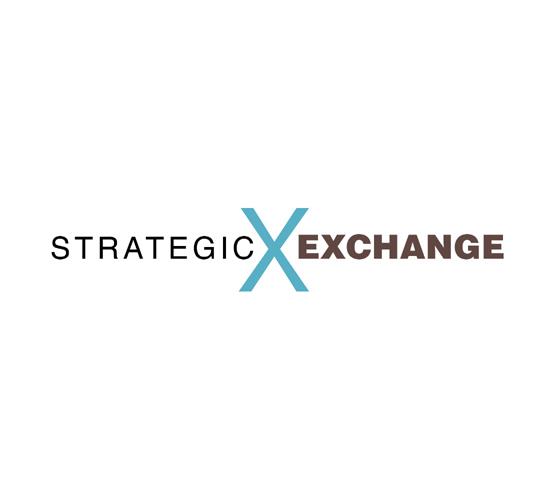Strategic Exchange: New and existing home sales are expected to drive growth in 2025 – February 2025
By Kemp Harr
We’re starting yet a third year where the economists are optimistically forecasting an uptick in the second half of the year, and, as we all know, the uptick in flooring demand never materialized in 2023 and 2024. The big question is, what’s different about 2025 that would convince a pragmatic businessperson that this is indeed the year when an increase in demand for flooring will actually happen?
You might have read the recap on 2024 in The Wall Street Journal that said home sales hit the lowest level since 1995-when the U.S. population was almost 25% smaller. The single biggest factor on the movement of existing homes is the 30-year mortgage rate, which has been holding around 7% despite the 100-basis-point drop that the Fed made in the fourth quarter of 2024. And the Fed is currently in a holding pattern for any additional rate drops, fearing that Trump’s promises to implement tariffs will increase the rate of inflation.
It was encouraging to learn that existing home sales in December rose 2.2% from November and 9.3% from the same period the previous year. “Home sales in the final months of the year showed solid recovery despite elevated mortgage rates,” said NAR chief economist Lawrence Yun. “Home sales during the winter are typically softer than the spring and summer, but momentum is rising with sales climbing year-over-year for three straight months. Consumers clearly understand the long-term benefits of homeownership. Job and wage gains, along with increased inventory, are positively impacting the market.”
Connor Lokar with ITR Economics is also optimistic. He told the audience at the CCA Global meeting in mid-January that ITR was forecasting a moderate uptick in new home sales and a “stabilization” in existing home sales. Based on these two factors, his remodeling index, which bottomed out in 2024, is starting to rise, but is still below the levels we experienced from 2012 to 2020. So, basically, the market driver for his moderate growth forecast is new home sales based on pent-up demand for housing.
A week after the CCA meeting, EY-Parthenon’s economist told the Shaw Flooring Network group that, while GDP grew 2.7% in 2024, they are forecasting a drop in GDP to 2.1% for 2025. The economist also presented that there is a 1.1-million-unit shortage in housing, and that 80% of that is in the larger metropolitan statistical areas. The consulting company’s forecast for new home sales growth is 3% per year for the next three years.
SOBERING FLOORING STATISTICS FROM SHAW’S ALIGNED DEALER CONVENTION
In the EY-Parthenon presentation mentioned above, its analysis drilled beyond the economy and deeper into statistics that were specific to flooring. The sober truth related to flooring is that the percentage of the remodeling budget that consumers spend on flooring dropped from 11% in 1999 to 6% in 2021. That’s a nearly 50% decline in 22 years, and EY-Parthenon attributes it to three factors: lack of strong brands in the flooring industry; a focus on price versus style and design; and the shift to lower-priced flooring products.
Tim Baucom, CEO of Shaw Industries, drilled this message home during his presentation to the group. “We’ve lost share of wallet in flooring, while other categories like roofing, coatings (paint) and hot water heaters have expanded their share of wallet through branding, channel discipline and innovation. In all three growth categories, the major brands are offering the consumer the opportunity to upgrade for enhanced performance.”
Benjamin Liebert, executive vice president of Shaw’s residential business, highlighted two interesting statistics about the consumer’s shopping process that must be addressed: the average purchasing journey is six months; and 40% of the time, the consumer opts out without making a purchase. Liebert stressed that if retailers just focused on reducing that 40% to 20%, they wouldn’t have to worry about losing business to the competition, because demand would rise for everyone.
There are varying opinions on the root cause of this inductiveness. Some conclude the confusion created by cluttered stores and pushy salespeople might be to blame, and others think that it comes from a disconnect when the message read online doesn’t match what’s being presented in the store. It’s safe to assume that all consumers are growing accustomed to the Amazon shopping experience-two clicks and it’s on the porch tomorrow. I’m not suggesting that buying flooring will ever be that easy, but you’ve got to admit that the wide range of price points on products that all look like wood is hard to navigate.
Shopping for carpet is just as confusing. The mills tell you that polyester now performs as well as nylon, but there are reams of information on the Internet that conflict with that assertion. The fact is, most retail salespeople don’t agree. So, we scratch our head and wonder why the consumer got confused and left the store.
A WORD ON TARIFFS
President Trump has started his second term using tariffs as a threat to coerce countries to comply with his terms. This has led some to believe that this is Trump’s method of negotiating and they’ll never be be implemented. Many of the business leaders we talk to say it’s not a matter of if, but when. They are coming. Santo Torcivia covers this topic in more depth on page 80.
If you have any comments about this month’s column, you can email me at kemp@floorfocus.com.
Copyright 2025 Floor Focus
Related Topics:Shaw Industries Group, Inc.
